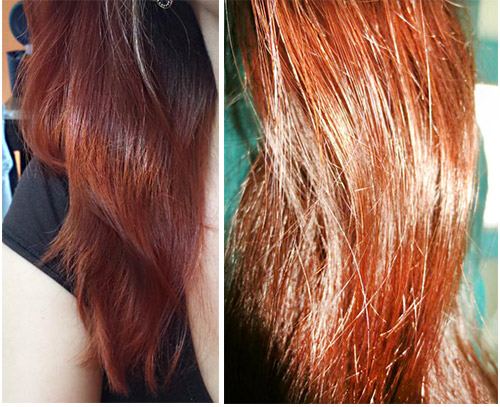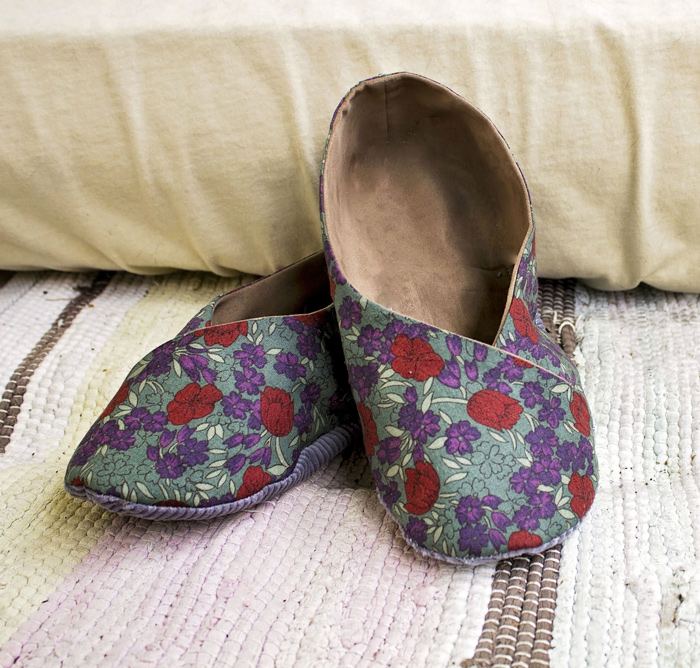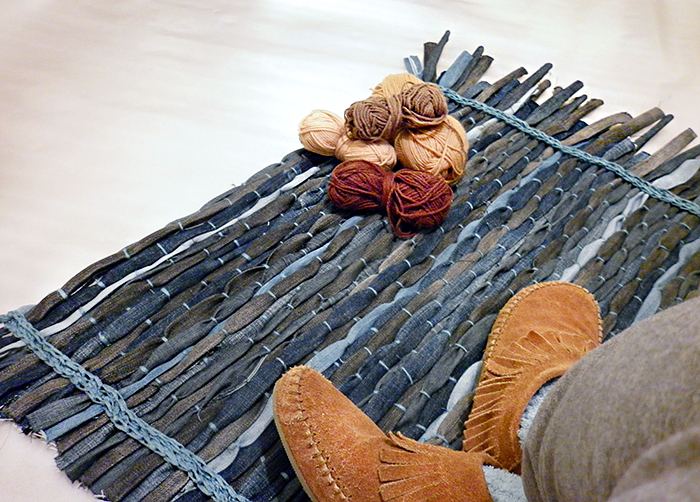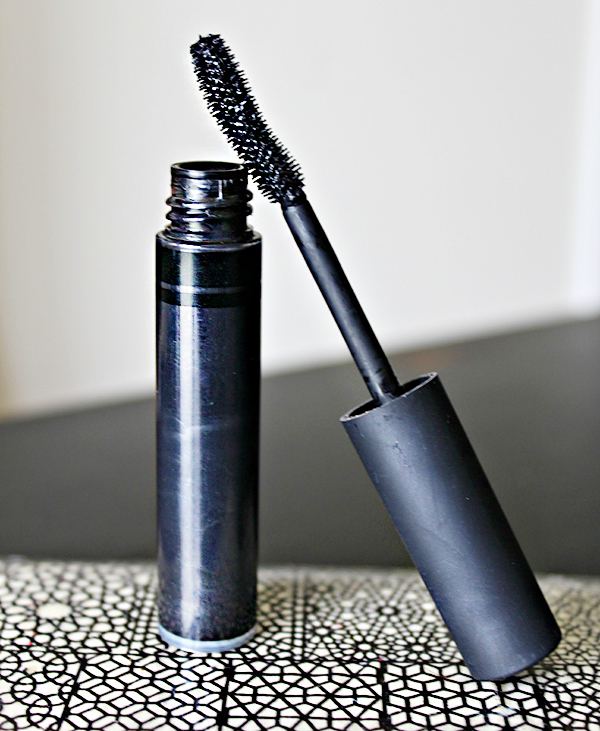How to remove henna from hair
The question became acute - how to wash henna from hair; I’m not ready to cut my hair like a boy yet. I’ve been dyeing my hair with henna + basma for 4 years, the pigment has accumulated and in recent months my hair color, to put it mildly, has not been pleasing. The growing roots are well colored, and the tips are rusty-red.
 Before and after. The result is undeniable, but I had to treat it like after perhydrol.
Before and after. The result is undeniable, but I had to treat it like after perhydrol.
“You don’t date henna, you marry it” - I read this phrase when I was looking for a recipe on how to remove henna from your hair… Henna molecules bind to the keratin of the hair. Actually, this is why the hair thickens and creates the illusion of thickness.
Let me be clear - I adore henna. The hair is full, gorgeously shiny, with volume without styling. BUT, over and over again the color becomes deeper and does not fade for months. If you try to use chemical paint over henna, the copper tint will still come through, especially in the sun.
Intellectually, I understand that it is impossible to remove natural pigment from hair after years, but I simply have to try.
What lengths I went to to remove henna from my hair:
- Hot olive oil
- Blue clay with lemon juice
- Natural laundry soap
- Citric acid solution
Everyone’s hair is different, henna and basma are different. Therefore, what did not help me can help you, and vice versa. I’ll start with the 1st attempt - blue clay with lemon juice. Mix 3 tablespoons of blue clay with the juice of one lemon and add a little kefir so that the mask has the consistency of sour cream. I washed my hair with shampoo and applied the mask for several hours. The creaking of my hair after washing off the mask ached my cheekbones. It dries my hair very much, I didn’t see any changes in my hair color and didn’t repeat the procedure.
The next attempt was combined with treatment after lemon and clay - hot olive oil. I washed my hair with shampoo. Heat 50 grams of olive oil in a water bath and put it under the cap. Periodically warmed it up with a hairdryer. I kept it there for about 6 hours, doing household chores. I washed it with shampoo twice, first I removed a little oil with a napkin - red. This is a success! At the same time, the mop after drying practically did not differ in tone “before”. There was a feeling of slightly unwashed hair, but it was tolerable.
Next, laundry soap was used. I lathered my hair and let it react on my hair for a couple of minutes, then washed it off. Hair like hay, dandruff and color a tone lighter))). After the procedure, warm oil again, under a cap at night.
Last try - citric acid solution. 4 tsp per 4 glasses of hot water. She heated water with lemon on the stove and lowered her head into the solution. I put on a cap and endured it for about an hour. This procedure was the most effective, but also the most traumatic. And yet, the result below in the photo is precisely from citric acid and the treatment after it (Brelil “Numero” mask, the best thing invented for hair at an affordable price).
I’ve seen recommendations to use vinegar. I usually use vinegar to set henna and deepen the color, so I doubt the effectiveness of vinegar for removing henna. I will say more - if you add table vinegar and a teaspoon of basma to the boiling water you use to steam henna, the color will be deep mahogany with an amber tint. During the last rinse, add vinegar to a jug of water and drain, subsequent washing will be without staining the water, towels and pillowcases.
After all the bullying, the desired result was obtained, but at what cost. In any case, I dream of slowly cutting off the damaged hair. I consulted with an old-school hairdresser (30 years of practice) about chemical dyeing with henna. You can safely dye 3 months after the last procedure with henna and deep cleaning (laundry soap, citric acid solution - if at home). In general, hairdressers get a migraine attack when they hear another question - how to wash off henna.
I will continue to remove henna with hot oil once a week while the hat season continues. In summer, be careful with ultraviolet radiation and the use of lemon, as well as other fruit acids.
Read about coloring and menstruation here .



